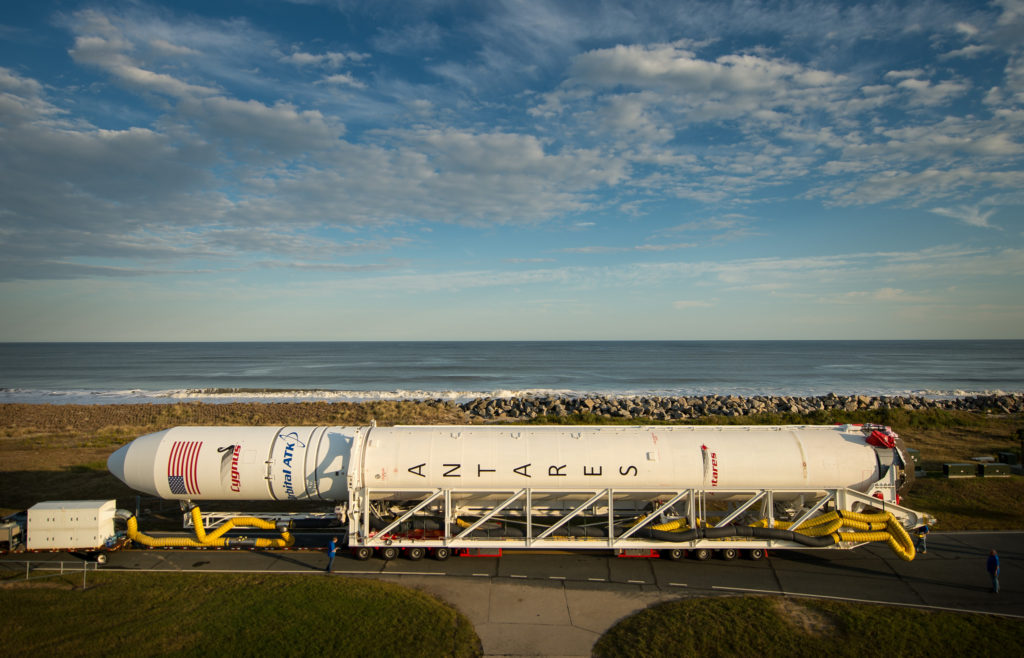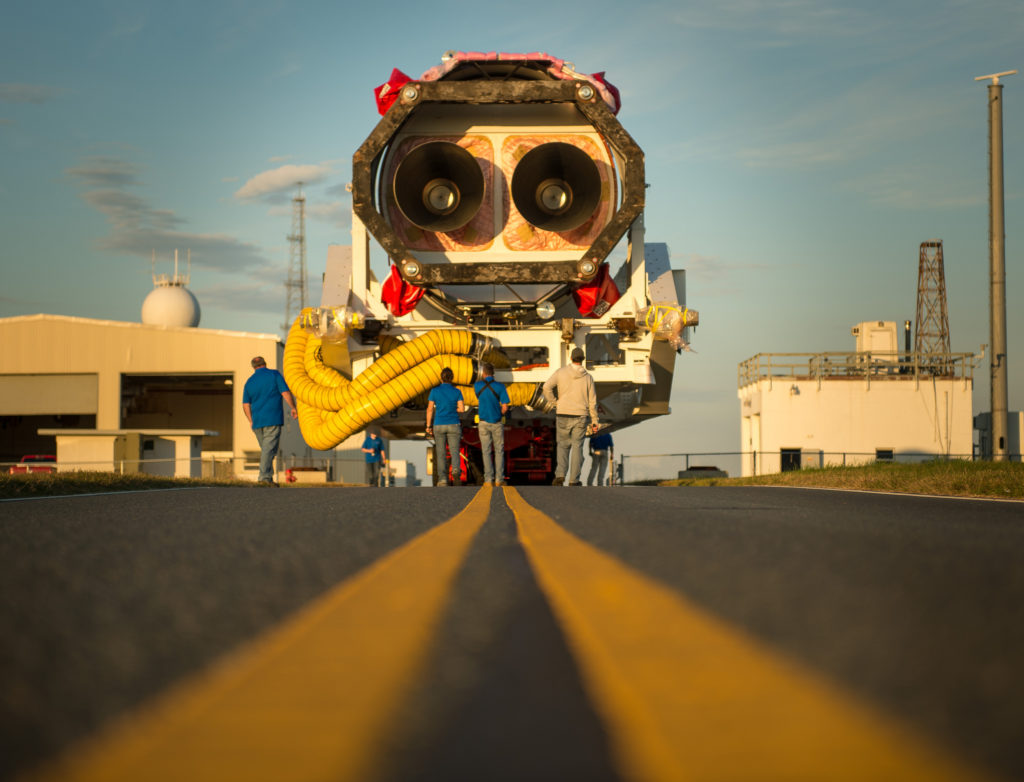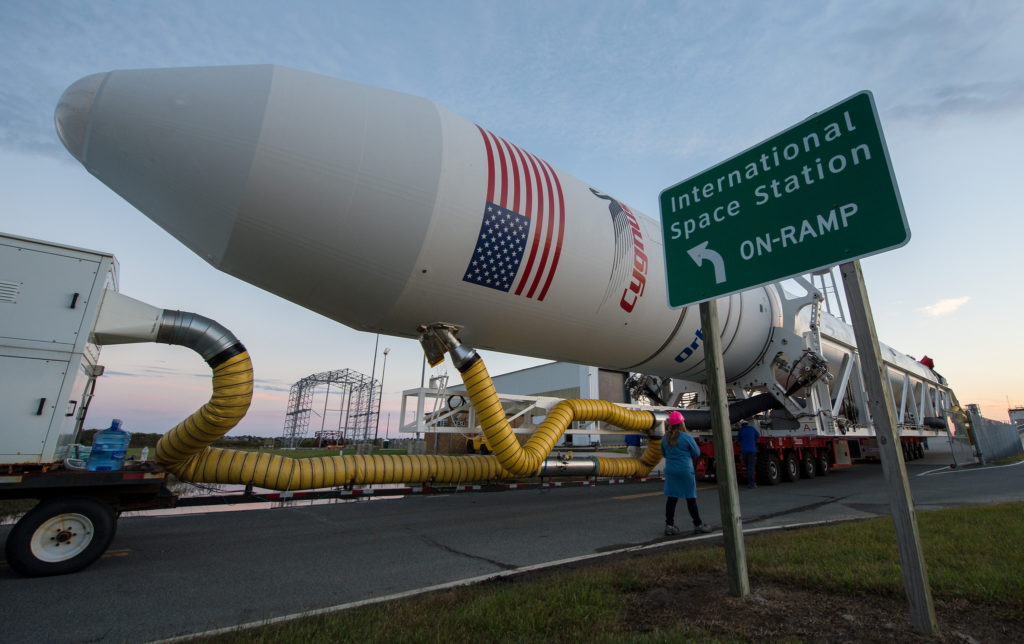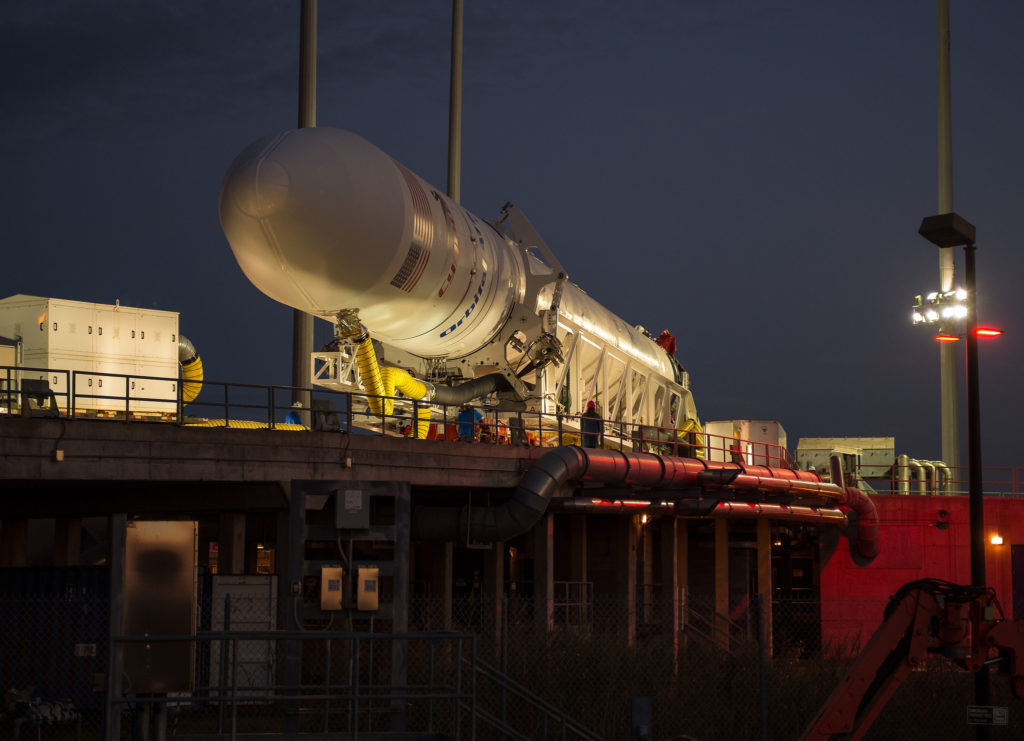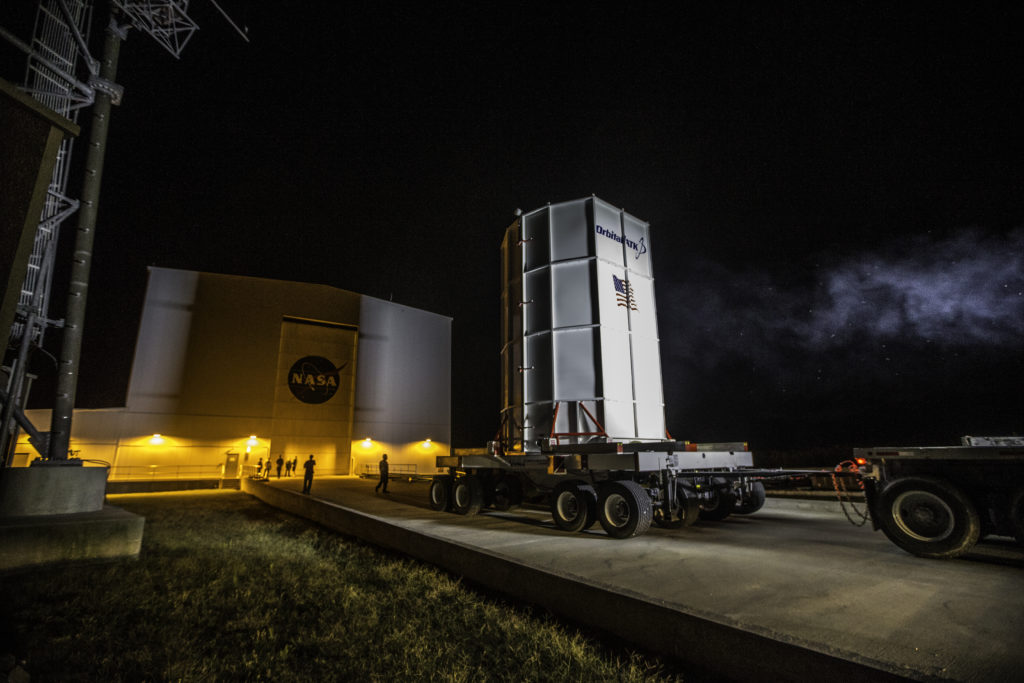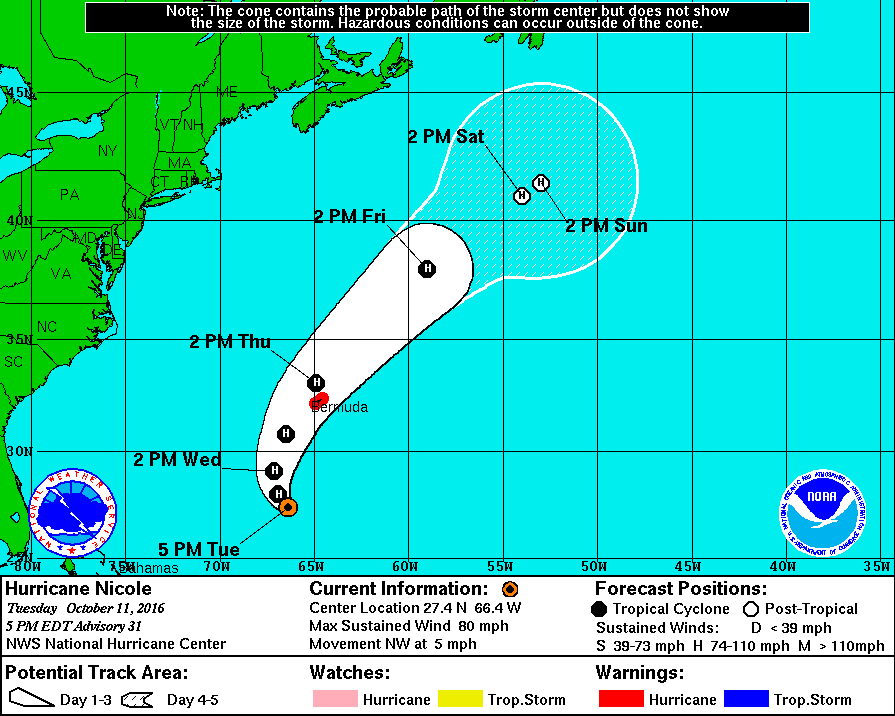
Credit: NASA
Orbital ATK is proud to name the OA-5 Cygnus Cargo Delivery Spacecraft after former astronaut and Naval Aviator Captain Alan Poindexter. Poindexter is the only other fallen astronaut, after Rick Husband, to have been directly involved with the construction of the International Space Station.
Poindexter was born in Pasadena, California, but considered Rockville, Maryland, his hometown. Poindexter graduated from the Georgia Institute of Technology with a bachelor of Aerospace Engineering in 1986. He received a master of science in Aeronautical Engineering from the Naval Postgraduate School in 1995.
Before joining NASA, Poindexter served in the United States Navy as an aviator and test
pilot for 12 years, including assignments at the Naval Air Station Patuxent River, Maryland, and Oceana, Virginia. During his Desert Storm deployment, he flew combat missions with current Orbital ATK Vice President Kent Rominger. Throughout his Navy career, he logged 4,000 hours in more than 30 types of aircraft and completed more than 450 carrier landings. Poindexter was selected for NASA’s astronaut program in June 1998 and flew on two shuttle missions. He was pilot on STS-122, which delivered flight engineer and now Orbital ATK Senior Director Daniel Tani back to earth from the ISS, and he served as commander on STS-131. During his career at NASA, Poindexter logged more than 669 hours in space. He retired from NASA in December 2010.
Poindexter passed away July 1, 2012, and is survived by his wife, Lisa, and their two sons, Zach and Samuel.

